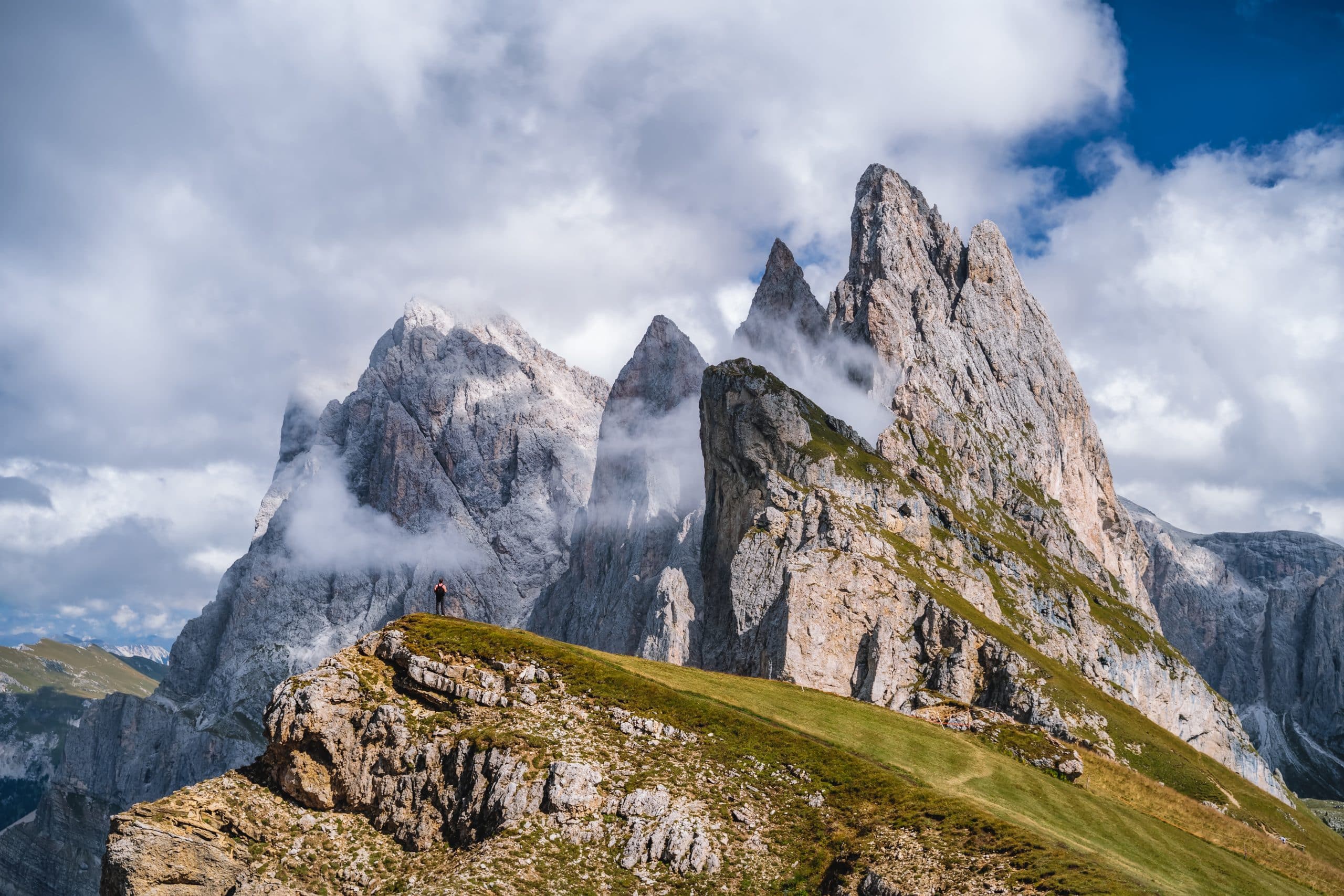Can You Master the Art of Blending Spices for Authentic Indian Curries?

Indian cuisine, famed worldwide for its vibrant colors, tantalizing aroma, and eclectic flavors, owes its charm largely to the exquisite blend of spices that each dish incorporates. Notoriously complex, the art of blending spices for Indian dishes, especially curries, requires precision, intuition, and a deep understanding of each spice’s unique flavor profile. This article will embark on a spicy journey, exploring various spices, their uses, and sharing some secrets to perfect the art of blending them for authentic Indian curries.
The Spice Palette of Indian Cuisine
If you’ve always found yourself captivated by the magical flavors of Indian cuisine, there’s a good chance you’ve also marveled at the extensive use of spices. Known as ‘Masala’, this blend is the lifeblood of Indian dishes. From the vibrant turmeric powder that paints curries yellow to the smoky cumin seeds that lend a unique flavor, the Indian spice palette is a treasure trove of sensory delights.
This might interest you : How to Craft a Gourmet Italian Antipasto That Impresses Every Guest?
Turmeric, often referred to as ‘Indian Saffron,’ is a staple in Indian cooking. Its earthy flavor and bright yellow color bring a warm hue to curries and a depth of flavor that’s truly unmatched.
Cumin seeds, on the other hand, are known for their robust, slightly bitter flavor that adds a smoky depth to dishes. Ground or whole, they’re a must for authentic Indian cuisine.
Also to see : What Techniques Ensure Perfectly Crisp French Macarons with Smooth Tops?
The list of spices used in Indian cuisine is extensive, including, but not limited to, black mustard seeds, ginger, coriander, cardamom, and fenugreek. Each teaspoon of these spices contributes to the symphony of flavors that make Indian dishes so enticing.
The Art of Blending Spices
Blending spices is no less than a culinary art form. The right blend of spices can turn a simple dish into an aromatic masterpiece, while even a minor miscalculation can result in flavors that clash rather than complement. Indian cuisine often makes use of pre-mixed spice blends known as ‘masala’. Garam Masala, for instance, is a popular blend featuring cumin, cardamom, coriander, and other spices, roasted and ground together.
A key aspect of blending spices is knowing when to add what. Some spices like cumin seeds are added at the beginning, fried in oil to release their flavors. Others, like turmeric and chili powder, are added later to avoid burning.
Balancing flavors is another essential skill. Too much of a powerful spice like clove or cinnamon can overpower the flavor of a dish. Conversely, not using enough can result in a bland, unexciting curry.
Sourcing and Storing Spices
Quality plays a crucial role in the final flavor of your dish, and this begins with sourcing your spices. Fresh, high-quality spices can significantly elevate the taste of your curries. When buying, look for brightly colored spices that have a strong aroma.
Storage also plays a critical role in preserving the potency of your spices. Spices should be stored in airtight containers and kept away from heat, light, and moisture. It’s generally best to buy spices in small quantities, as they lose flavor over time. Ground spices, in particular, have a short shelf life and are best used within six months.
Creating Your Spice Blend: A Step-by-Step Guide
Let’s put all this knowledge into practice and create a basic spice blend, perfect for a wide range of Indian curries.
Start by lightly roasting spices like cumin and coriander seeds in a dry pan. This helps release their flavors and makes them easier to grind. Once roasted, transfer them to a spice grinder or mortar and pestle, and grind them into a fine powder.
Then, add other powdered spices like turmeric, red chili powder, and ginger. Mix well, ensuring that all the spices are well combined.
Remember, the key to a successful spice blend is balance. No single spice should overpower the others. Begin with equal parts of each, but don’t be afraid to adjust the quantities to suit your tastes.
Experimentation: The Master Key
Remember, cooking is an art, not a science. While it’s helpful to follow recipes, don’t shy away from experimenting with different spices and flavors. Maybe you’ll discover a new blend that elevates your dishes, or perhaps you’ll find a unique combination that becomes your signature spice mix.
Furthermore, consider the dishes you’re making. What works for one might not work for another. The spices that add a delightful zing to chicken curry might not suit a lentil dish.
The art of blending spices for authentic Indian curries is a skill you refine over time. It’s a journey of discovery, of trial and error, and of learning to trust your taste buds. So, embrace the journey, the flavors, the aromas, and most importantly, the joy of cooking.
The Nuances of Indian Curry Powder
Indian cuisine, particularly the world-renowned curries, revel in the use of different curry powders. These are not just a single spice, but a blend of different spices, each contributing to the overall flavor of the dish. The foundation of any curry powder is typically made up of cumin, coriander, and turmeric. These three spices contribute the base flavor, color, and aroma that you generally associate with curry dishes.
Apart from these, the spice blend might also include black pepper, fenugreek, mustard seeds, or garam masala, each lending a distinctive flavor. The heat in curry comes from red chili powder or black pepper, while the warm and slightly sweet notes are brought in by spices like cinnamon, cardamom, or clove.
It’s essential to remember that the composition of curry powder may vary based on the specific dish or regional preference. For example, some southern Indian dishes may include a higher proportion of fenugreek and black pepper, while northern Indian dishes might lean more towards cumin and coriander.
The key to understanding curry powder is to accept that there is no ‘one size fits all’ blend. Each curry powder mixture is unique, lending a different taste, aroma, and color to the dish it is used in. Thus, crafting an individualized curry powder is an art that requires practice and an understanding of how each spice works together to create the desired flavor profile, making Indian cooking a delightful culinary adventure.
Conclusion: The Enchanting Journey of Mastering Indian Spices
The vast array of spices used in Indian cuisine, the delicate balance of flavors, and the nuances of aromatic blends make Indian cooking an art form that requires time, patience, and a true passion for flavors. Mastering the art of Indian spices, particularly for curries, is not a task accomplished overnight. It’s a culinary journey that revels in the discovery of unique flavor profiles and the creation of personalized spice blends.
Each spice mix brings a world of flavors to your palate. From the heat of red chili powder to the sweet warmth of cinnamon, from the earthy tone of cumin seeds to the bright hues of turmeric, every teaspoon of spice contributes to the symphony of flavors that define Indian dishes.
The journey to mastering Indian spices is not just about following recipes, but also about experimenting with flavors, embracing trial and error, and learning to trust your instincts. It’s about understanding that the magic of Indian food lies in its diversity and vibrancy, in the use of fresh, high-quality ingredients, and in the joy of creating a tantalizing feast of flavors.
So embark on this journey of mastering the art of Indian spices, delve deep into the world of Indian curries, and let the aromatic blend of spices stir your soul and your senses. Let the vibrant colors, the tantalizing aromas, and the eclectic flavors of Indian cuisine paint a vivid culinary canvas that enchants one and all. Remember, the joy lies not just in the destination, but in the journey itself.
